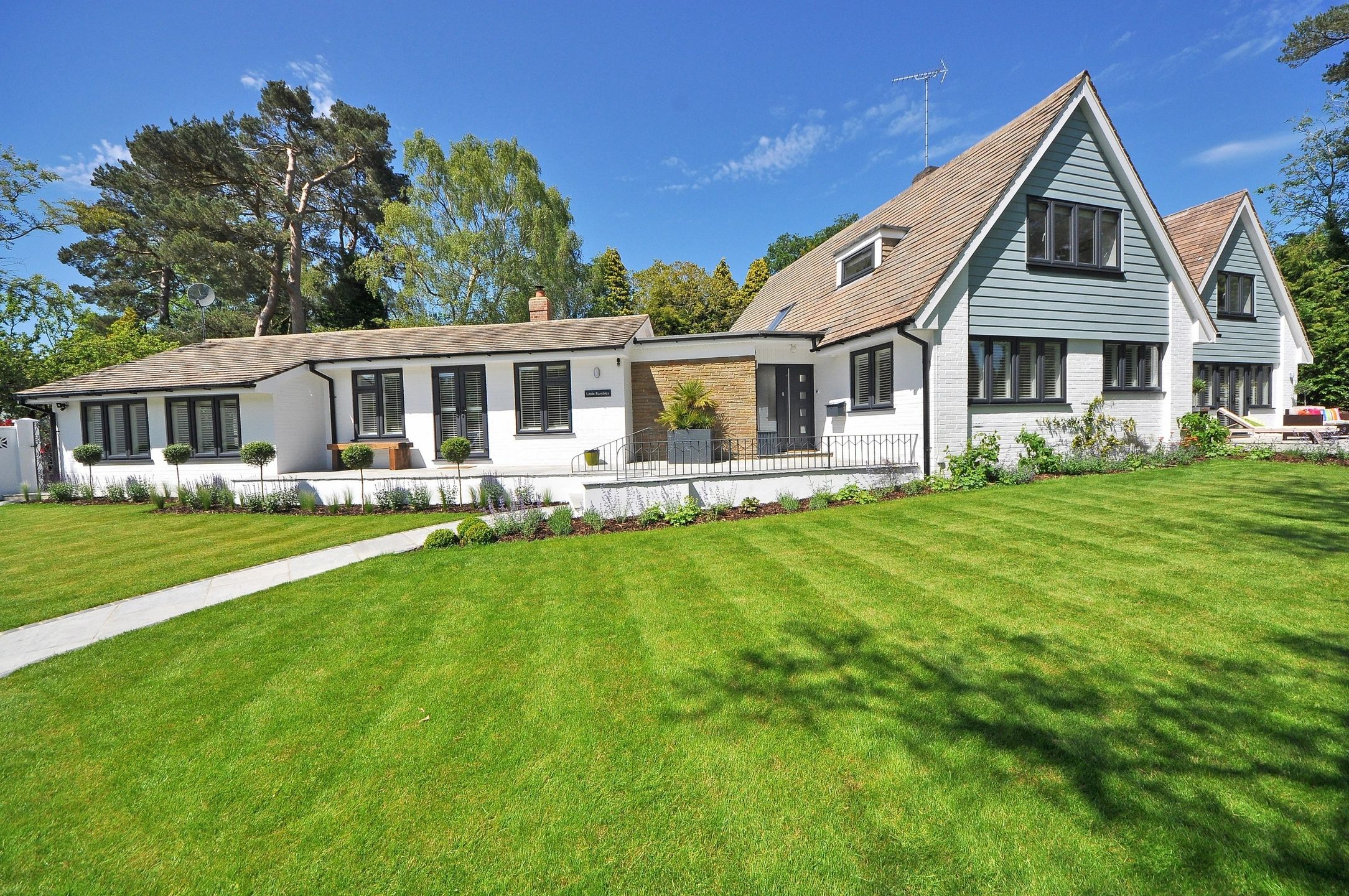If you’re a homeowner over the age of 62 and are looking for ways to supplement your retirement income, a reverse mortgage may be an option worth considering. In this blog, we’ll explore what a reverse mortgage is, how it works, and the pros and cons of this type of mortgage.
What is a reverse mortgage?
A reverse mortgage is a type of loan that allows homeowners to borrow against the equity in their home. Unlike a traditional mortgage where you make monthly payments to the lender, with a reverse mortgage, the lender pays you. This can be a way for retirees to access the equity in their home without having to sell their home or take out a traditional home equity loan.
How does a reverse mortgage work?
With a reverse mortgage, the lender makes payments to the borrower based on the equity in the home. The loan is repaid when the borrower sells the home, moves out, or passes away. The amount that can be borrowed depends on a number of factors, including the borrower’s age, the value of the home, and current interest rates.
There are two main types of reverse mortgages:
- Home Equity Conversion Mortgage (HECM): This is the most common type of reverse mortgage and is insured by the Federal Housing Administration (FHA). To be eligible for an HECM, the borrower must be at least 62 years old and own their home outright or have a low mortgage balance.
- Proprietary reverse mortgage: This is a type of reverse mortgage offered by private lenders. These loans are not insured by the government and may have different eligibility requirements and terms than an HECM.
Pros of a reverse mortgage
- Access to equity without having to sell your home: For many retirees, their home is their most valuable asset. A reverse mortgage can allow them to access the equity in their home without having to sell their home or take out a traditional home equity loan.
- No monthly mortgage payments: With a reverse mortgage, the lender pays the borrower, so there are no monthly mortgage payments to worry about.
- Flexibility in how funds are used: The funds from a reverse mortgage can be used for any purpose, such as paying off debt, covering medical expenses, or making home repairs.
Cons of a reverse mortgage
- High fees: Reverse mortgages can come with high upfront fees, including origination fees, closing costs, and mortgage insurance premiums.
- Potential to outlive the loan: If the borrower lives a long time and continues to receive payments, the loan balance can grow over time, potentially leaving less equity in the home for heirs.
- Potential impact on government benefits: Depending on how the funds from a reverse mortgage are used, they could impact the borrower’s eligibility for government benefits such as Medicaid.
Is a reverse mortgage right for you?
A reverse mortgage can be a good option for some retirees, but it’s not right for everyone. If you’re considering a reverse mortgage, it’s important to do your research and understand all of the fees and potential risks involved. You should also consider other options for supplementing your retirement income, such as downsizing your home, taking out a traditional home equity loan, or tapping into other retirement savings accounts.
Conclusion
A reverse mortgage can be a way for retirees to access the equity in their home and supplement their retirement income. However, it’s important to weigh the pros and cons and understand all of the fees and potential risks involved before making a decision. If you’re considering a reverse mortgage, be sure to talk to a trusted financial advisor or housing counselor to help you make an informed decision.







